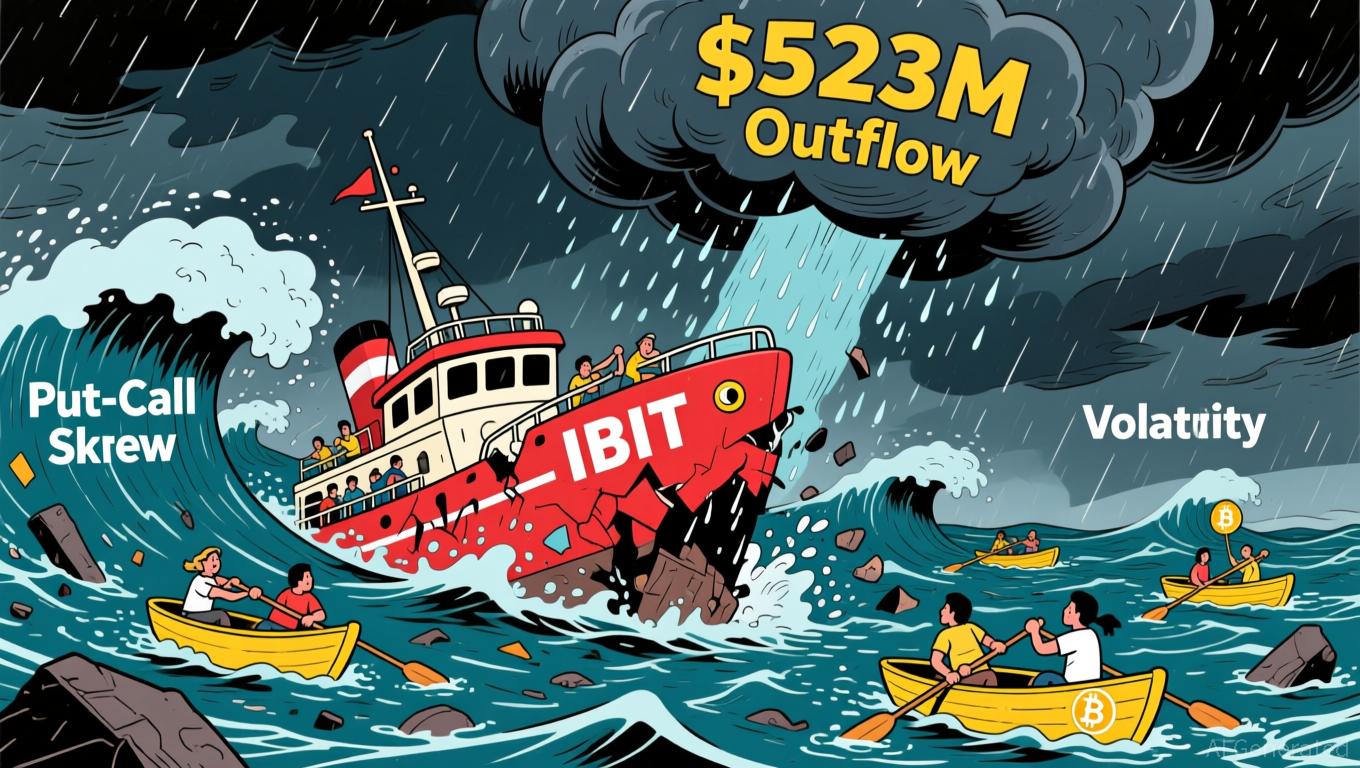Imperial College London Report Highlights Chainlink Proof of Reserve as Key to Stablecoin Security
- A recent report has recognised Chainlink’s Proof of Reserve as a benchmark for improving stablecoin management.
- PoR is a Chainlink service that provides real-time, on-chain verification that off-chain or cross-chain reserves truly back a token.
The Chainlink team recently highlighted on X that a new stablecoin report from Imperial College London, titled “Mind the Gap: How Stablecoins Can Secure the UK’s Financial Future” and published on September 18, identifies Chainlink’s Proof of Reserve (PoR) as a critical technology for strengthening the security and transparency of stablecoins.
The report begins by noting,
As of today, the UK economy, accounting for approximately 3.5% of global GDP, hosting a financial centre responsible for 11% of the financial technology sector, and facilitating 40% of global foreign exchange turnover, is the only major market that has not yet introduced a stablecoin policy framework.
Stablecoins already command a global market capitalisation exceeding $280 billion, currently dominated by US dollar-backed instruments. This dominance not only drives demand for US government bonds but also reinforces the dollar’s global influence, a market that, according to projections, could grow to $2 trillion by 2030.
Currently, a small number of stablecoins overwhelmingly control the market. The top ten make up close to 95% of total capitalisation, led strongly by Tether (USDT) and USD Coin, which together represent around 83%.
Chainlinks Proof of reserve
Stablecoins are digital assets pegged to a fiat currency like USD, GBP, or EUR. Their value depends on trust that the issuer actually holds the reserves claimed to back the coins.
Some of the risks that investors are exposed to when engaging with stablecoins include: under-collateralization, opacity around periodic, not real-time, audits, and mismanagement or fraud.
Proof of Reserve is a cryptographic mechanism that allows issuers to prove, on-chain, that they hold sufficient reserves to back their stablecoins. Stablecoins rely heavily on user trust. It eliminates the need to blindly trust the issuer by providing verifiable proof of backing assets; thus, anyone can audit the proof independently.
In an environment where issuers can face risks of mismanagement or fraud, PoR offers tamper-resistant proof that reserve balances truly exist. As the study explains,
Traditional payments are reversible in certain circumstances, yet this is not generally seen as a threat to financial stability. Traditional payments, such as card transactions, can be reversed in cases of fraud, error, or dispute.
By comparison, PoR helps provide clarity and assurance in systems where reversibility is limited. The result? A standardised, auditable framework that regulators can reference for compliance without requiring invasive manual audits.
Examples of stablecoins that use Chainlink’s Proof of Reserve include TrueUSD (TUSD), Poundtoken (GBPT), Pax Dollar (USDP), and PAX Gold (PAXG).
Mark Raynes highlighted that applying Proof of Reserve to complex financial reserves addresses several major challenges. Synchronising reserve data in real time across on-chain and off-chain systems is technically demanding, especially at scale.
The complexity increases when reserves span several asset classes and blockchain networks, making it critical to maintain a single, consistent picture of their status.
In these cases, assessing a trustworthy net asset value (NAV) becomes more important than tracking the value of each individual asset. This typically necessitates independent verification by auditors or fund administrators to assess market value accurately.
Raynes emphasises that third-party attestation of reserve value is essential for ensuring transparency and sustaining token holder trust, and that is what PoR provides.
Disclaimer: The content of this article solely reflects the author's opinion and does not represent the platform in any capacity. This article is not intended to serve as a reference for making investment decisions.
You may also like
Stellar News Today: Established Market Prefers Altcoins with Practical Use Cases Rather Than Pure Speculation
- MoonBull (MOONBULL) raised $600,000 in funding, highlighting growing institutional interest in utility-driven altcoins with DeFi infrastructure and staking rewards. - Crypto.com's CRO token maintains stability through expanded merchant partnerships and AI-driven tools, positioning it as a "safe haven" amid market volatility. - Stellar's XLM sees renewed adoption via cross-border payment partnerships, with 20% higher transaction volumes reflecting demand for low-cost solutions in emerging markets. - Marke

Hong Kong Steps Up Global Stablecoin Oversight, Focuses on Competition with Tokyo
- Hong Kong regulators impose strict rules on stablecoin issuers, requiring fiat-collateralized tokens and a 25M HKD capital requirement. - Aligning with global trends, the rules aim to curb risks from algorithmic stablecoins but raise concerns about Hong Kong's competitiveness against rivals like Japan. - Japan's pro-crypto policies and incentives attract firms, while global players like Deutsche Börse integrate fiat-backed stablecoins into financial systems. - Hong Kong's framework mandates reserves and

Bitcoin News Update: Japan's Bond Turmoil Triggers Worldwide Crypto Sell-Off Amid Yen Carry Trade Reversal
- Japan's $135.4B stimulus package triggered a 3.41% surge in 30-year bond yields, destabilizing the $20T yen carry trade and sparking global crypto/stock selloffs. - Rising yields threaten Japan's 230% GDP debt load with higher servicing costs, creating a "debt death spiral" risk as BOJ hesitates to tighten policy. - Forced deleveraging by financial institutions intensified Bitcoin's 26% drop, with Ethereum/XRP/Solana also falling 3-5.6% amid margin calls and capital repatriation. - Upcoming 40-year bond

Bitcoin News Today: Bitcoin ETFs See $523M Outflow as Investors Weigh Fear Against Long-Term Strategies
- BlackRock's IBIT ETF recorded a $1.26B net outflow in Nov 2025, its largest redemption since 2024 launch. - Bitcoin price fell 16% to $52, triggering $2.59B outflows across 11 spot ETFs as bearish options demand surged. - Put-call skew hit 3.1% (7-month high), reflecting heightened pessimism and capitulation pressures in Bitcoin's price action. - Gold ETFs gained $289M as investors sought safe havens, contrasting with $1B inflows to tech/healthcare sector funds. - Year-to-date Bitcoin ETF inflows ($27.4B

